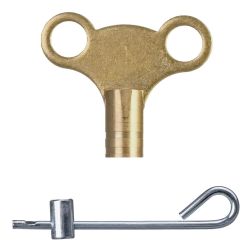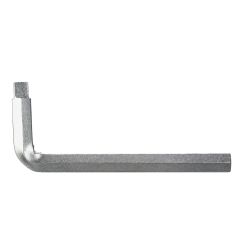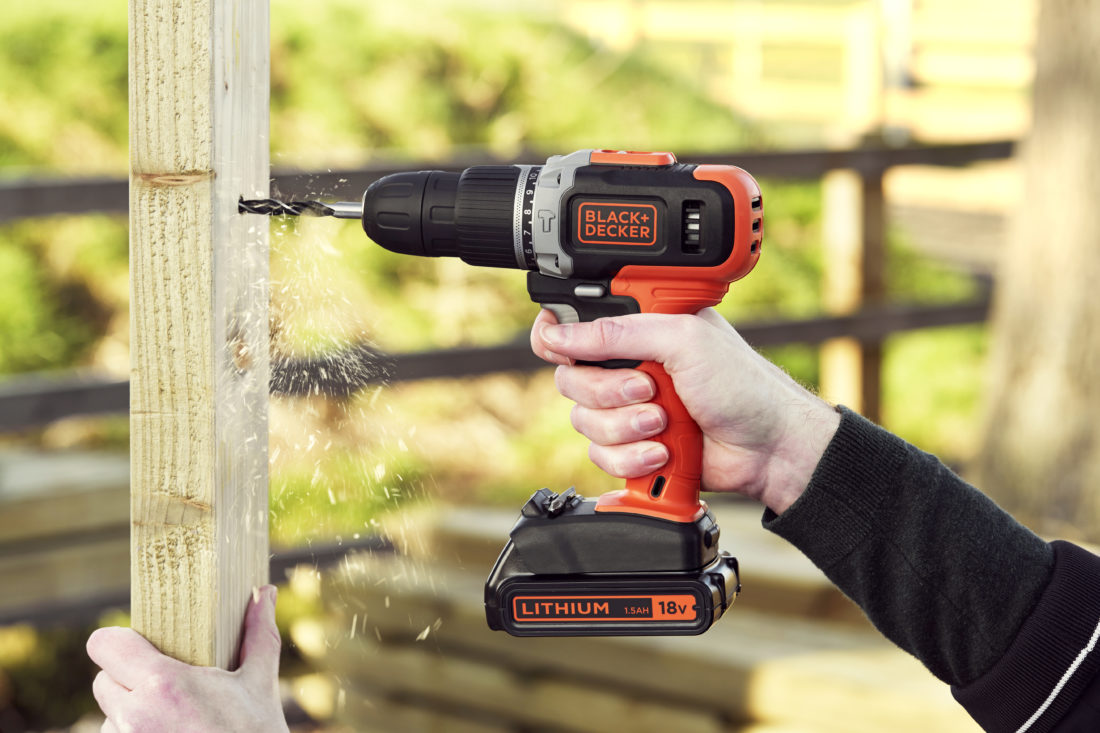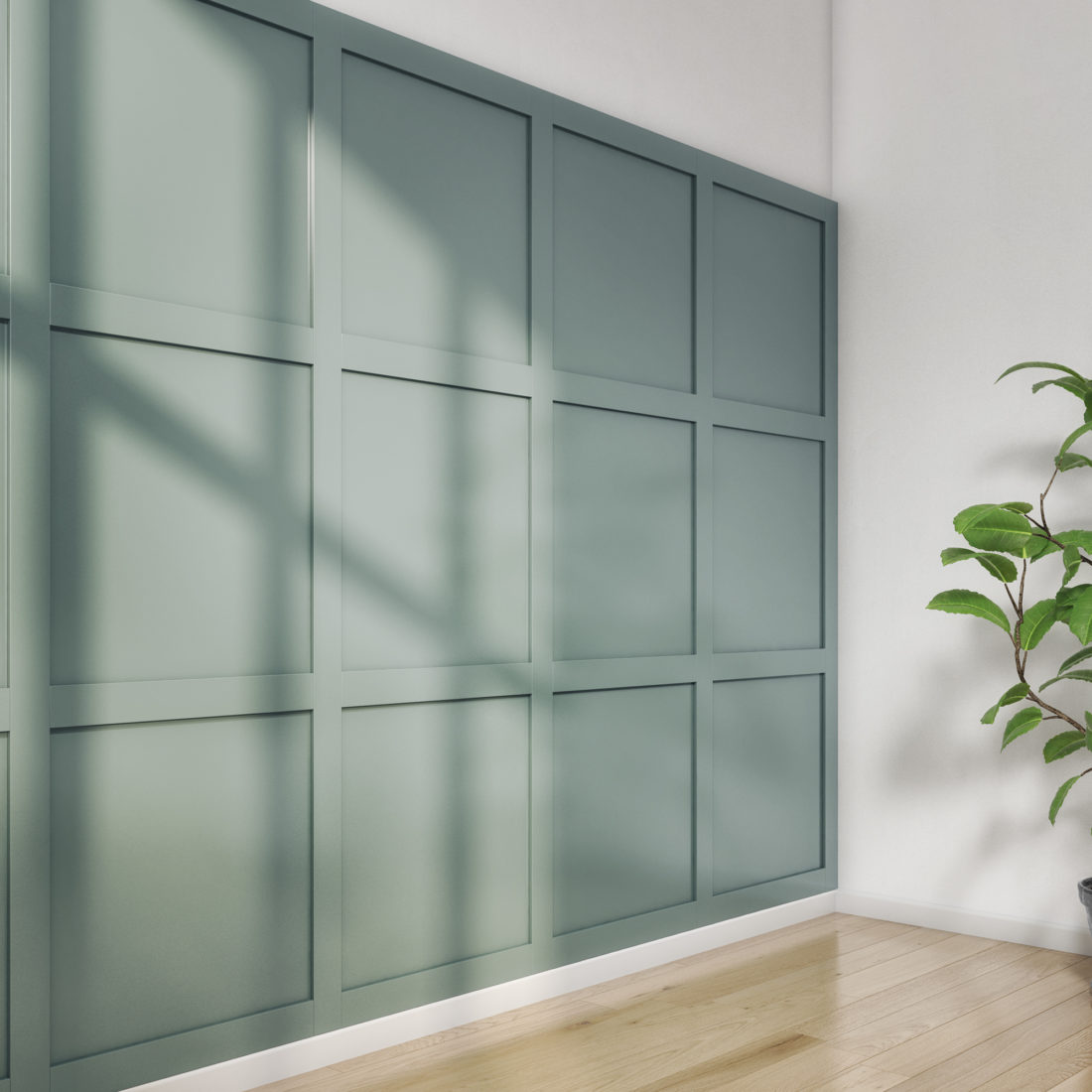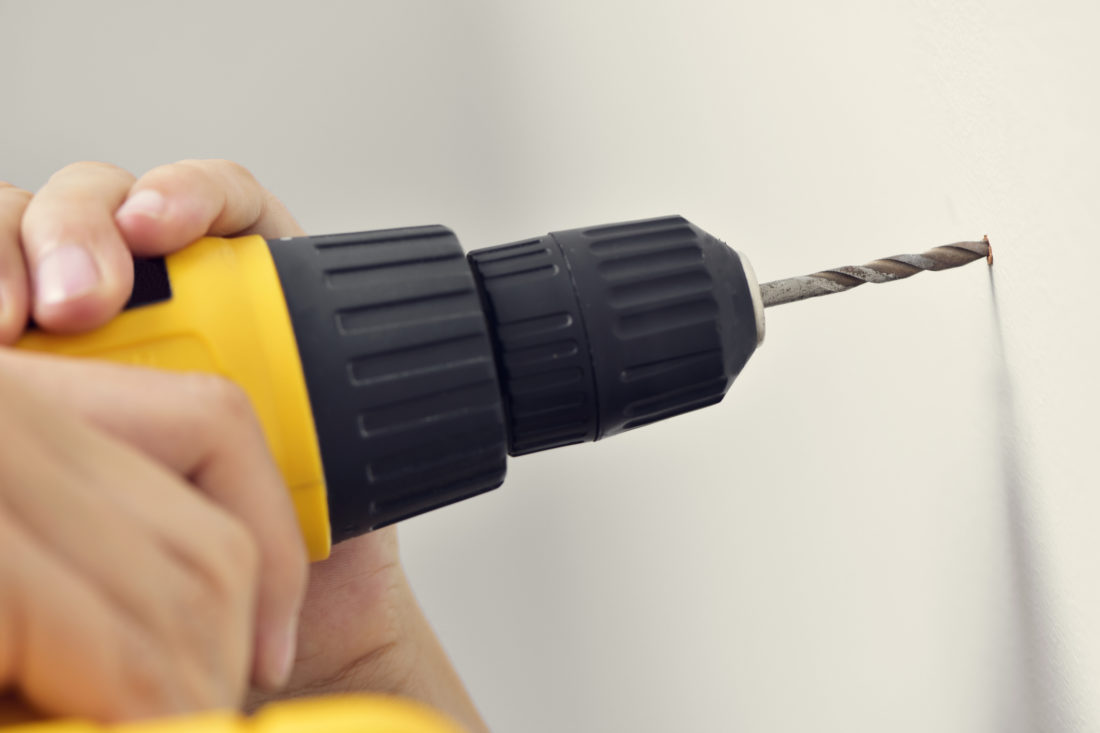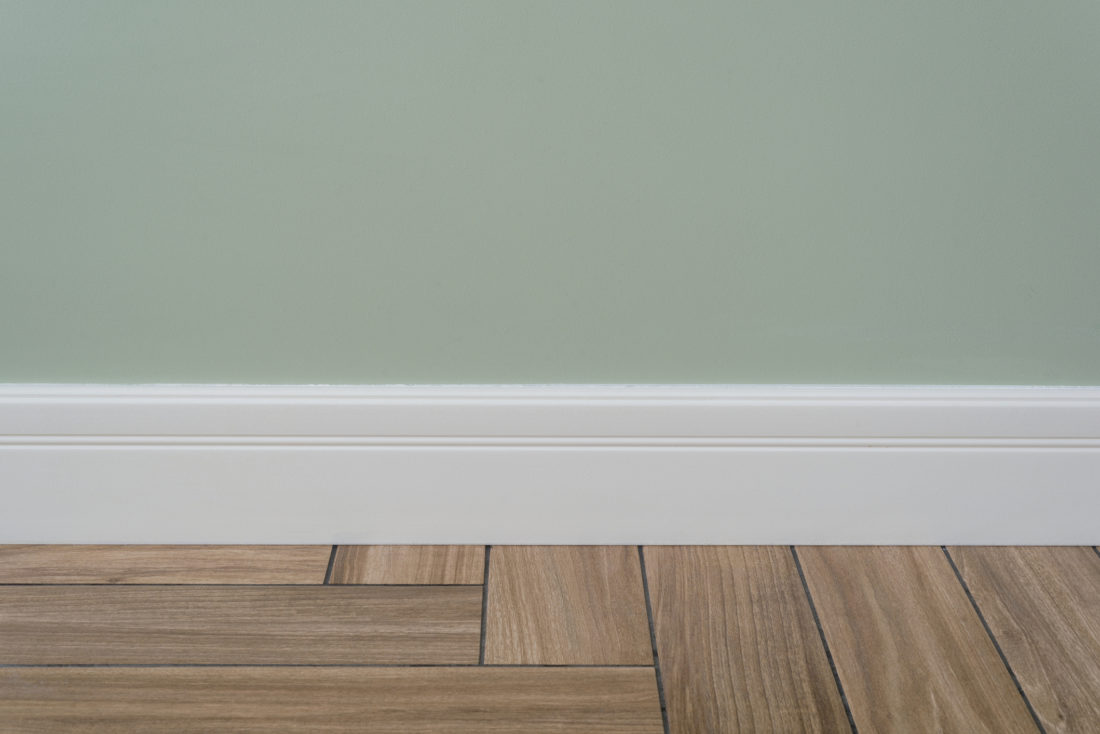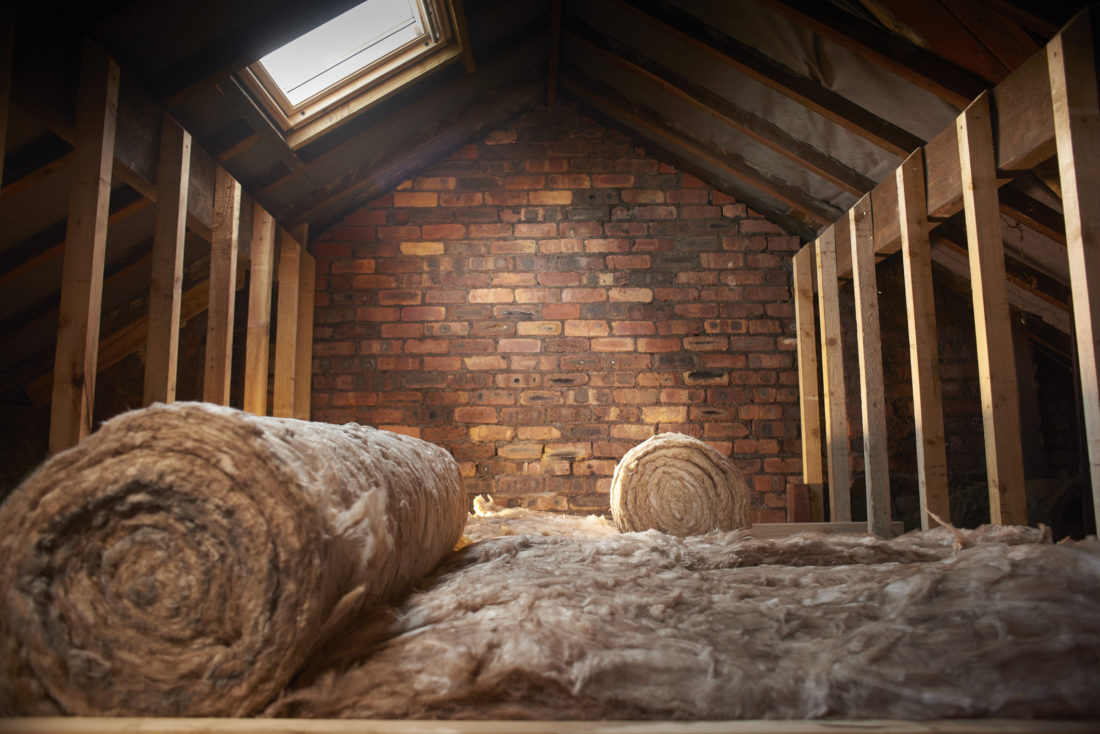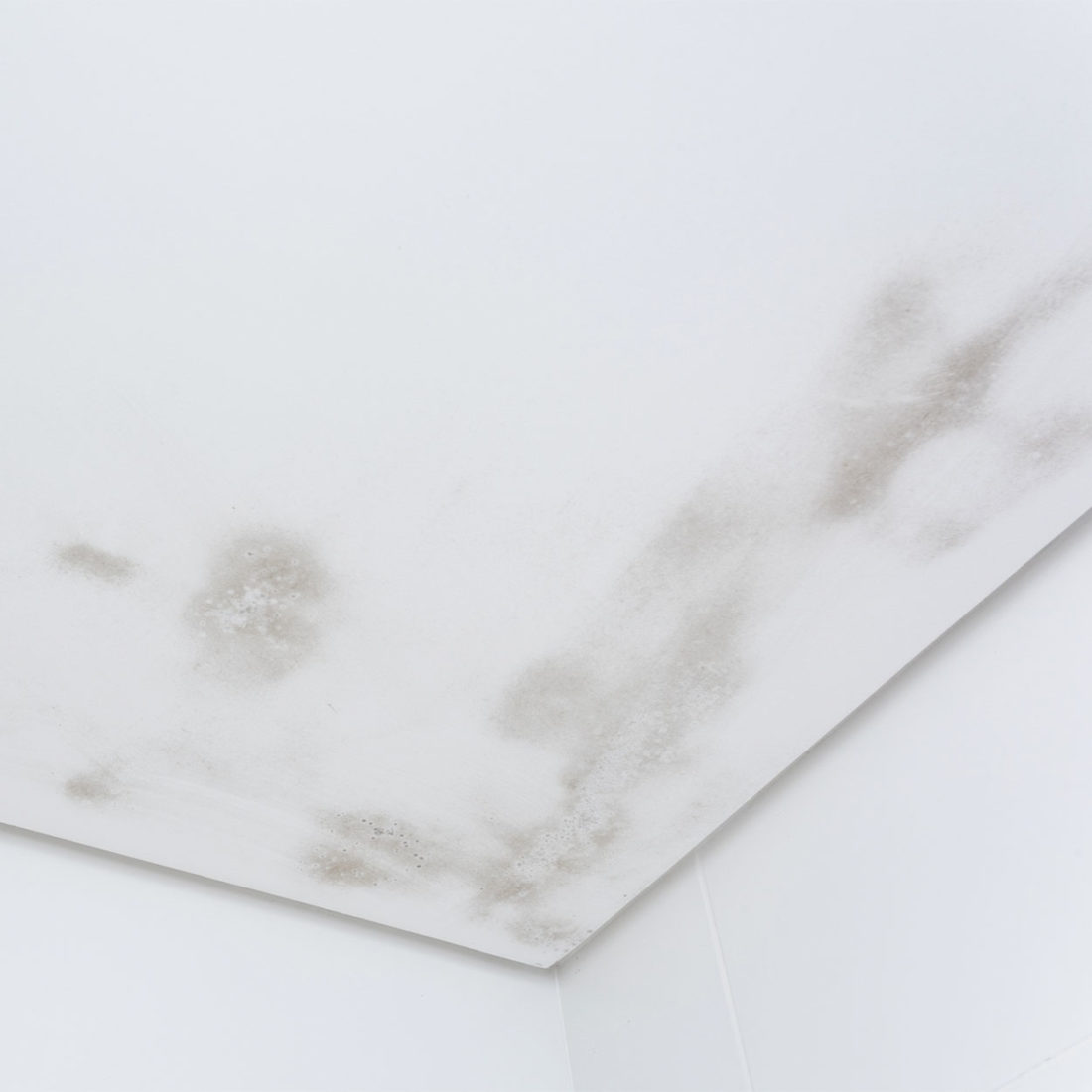How to Bleed a Radiator
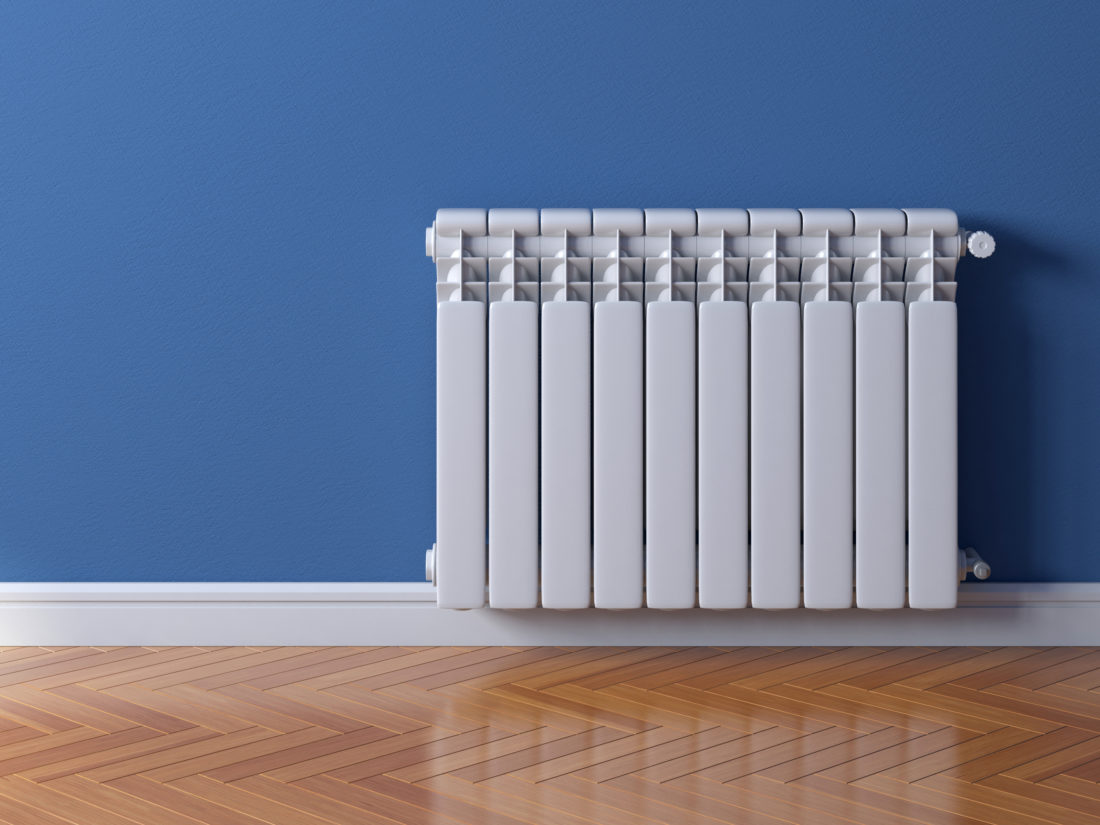
Bleeding a radiator is a simple, quick task that can make a huge difference to your heating bill and keep your home as cosy as can be.
Following our step-by-step guide, you can easily bleed a radiator at home yourself in just a few minutes.
Why Do I Need to Bleed my Radiators?
Radiators can end up with pockets of air trapped inside them over time. This prevents hot water from circulating within them correctly when you switch your heating on, resulting in your radiators only partially heating up, or not at all.
This in turn can raise your heating bill, as you’ll need to have the temperature on a higher setting for longer in order to heat your home adequately.
Bleeding your radiator is a simple solution to these problems!
How Do You Know When to Bleed Radiators?
The best way to know when to bleed radiators is by simply feeling them.
With the heating turned on, touch your radiator. If it feels warm at the bottom but cold at the top, it doesn’t feel hot enough, or it’s not hot at all, it’s time to bleed it. Simply follow our tips for how to bleed a radiator to get the job done quickly, so you can relax in your warm and cosy abode.
Should You Bleed Radiators with the Heating On or Off?
Never, ever bleed a radiator with the heating switched on.
The radiator itself may be too hot to touch, but the biggest danger is the heated water within, which could spray out and cause burns or other injuries.
Always bleed your radiator with the heating switched off.
What is a Radiator Bleed Key?
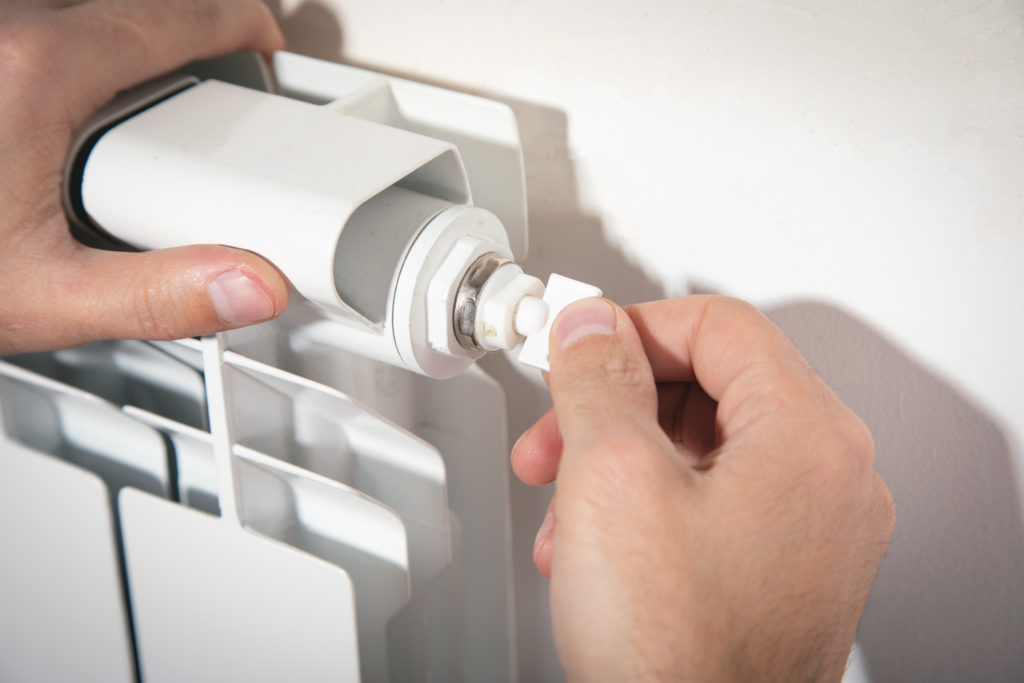
A radiator bleed key is a specially shaped key that fits your radiator valve and can rotate it open or closed.
You can buy radiator valve keys in different sizes, so make sure to take a look at your radiator valve before buying one.
How to Bleed a Radiator
Tools for the Job
You can continue reading to follow our step-by-step guide, or watch this short video below to get the job done!
Step 1
Turn on your heating and feel your radiator. If it’s not heating up properly, or the heat is unevenly distributed, it’s time to bleed it.
Step 2
Turn off your central heating system and allow the water to cool down. This will prevent any danger of injury. Do not attempt to bleed a radiator if the water is still hot.
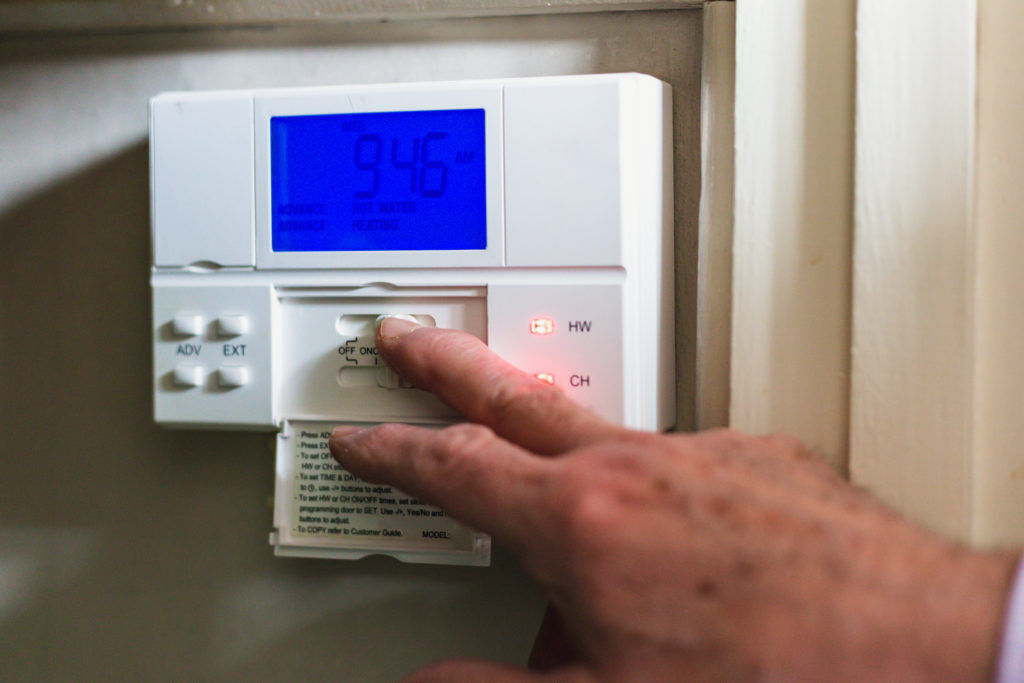
Step 3
Fit your vent key into the bleed valve, normally at the side of the radiator.
Top Tip
Place a bowl under the valve in case water leaks out.
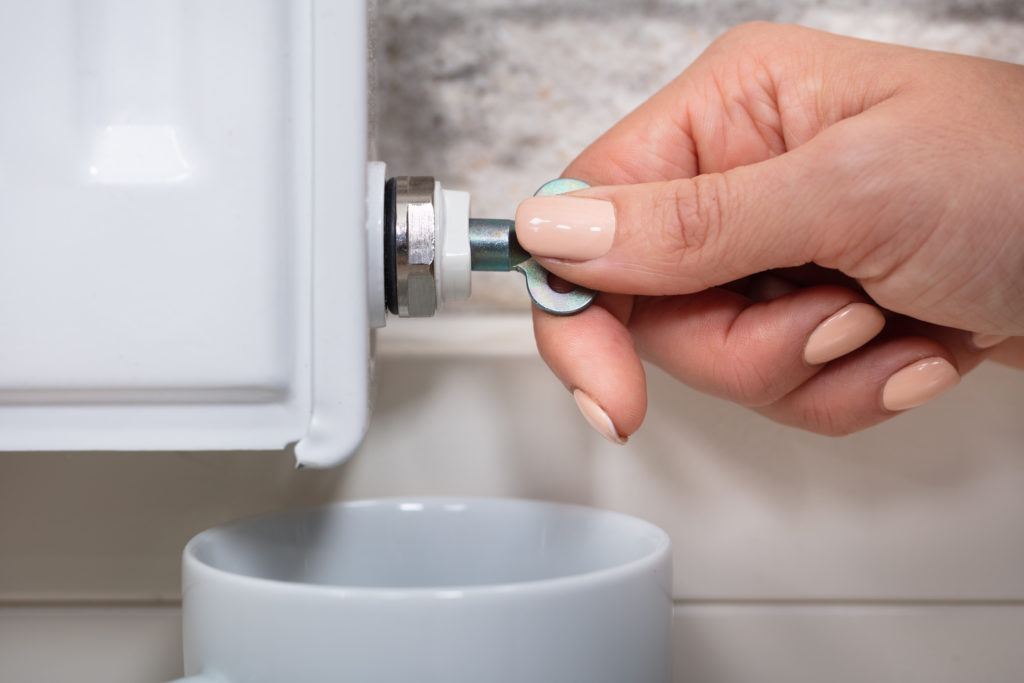
Step 4
Holding a cloth beneath the valve and the key, turn the key anticlockwise and allow the air to hiss out of the valve. Turn the key slowly so you have control if water comes out – a quarter or half turn will generally do. Do not turn the valve fully.
Step 5
Keep the valve open until water starts to bubble out. Then turn the key clockwise to close the valve.
Step 6
Turn on the central heating to see if the radiator is heating to the right temperature all over. If this is the case, you have successfully solved the problem.
Bleeding a Radiator: Troubleshooting
Having trouble bleeding your radiator? Our frequently asked questions should get it sorted.
I Can’t Tell Which Radiator Bleed Key Size I Need?
Radiator bleed key sizes do vary, and it can be tricky to figure out which one you need, especially if your radiator is a very old model.
If you’re not sure which radiator bleed key size you need, simply take a picture of the valve and bring it to the Woodie’s team – they’ll be able to help you out in no time.
I Tried Bleeding my Radiator but Lots of Water Came Out?
It’s perfectly normal for some amount of water to come out when you bleed a radiator. If a large volume of water has poured out, it’s possible that you opened the valve fully. We recommend not opening it all the way.
If too much water escapes your radiator, it will be replaced with fresh water, which can bring air with it, and can send your radiator back to square one after your bleeding attempt.
My Radiator Has No Valve, How do I Bleed it?
Almost all radiators have a valve, or at least a valve point, so it’s possible that you simply can’t find it. Some valves can be located along the back of the radiator, so run your fingers behind it when it’s switched off to see if you can find anything.
If your radiator has valve points but no actual valve, you can call a professional to fit a valve for you
My Radiator Keeps Needing Bleeding
Most radiators need bleeding at least once a year, often two or three times.
If your radiator needs to be bled very frequently (every couple of weeks, for example) it could be due to a leak somewhere in the system. It’s best to call a professional to come and take a look at the issue.
My Radiator Bleed Valve is Stuck
It’s fairly common for a bleed valve to get stuck.
You can try a few methods to loosen it first. Try tapping it very gently with a small hammer to see if that gets it moving. You could also try to gently loosen it with a small wrench.
If you can’t get it loose, it’s best to call a professional to fit a new one.
My Radiator is Not Working After Bleeding
If your radiator still won’t heat up after bleeding, the issue lies somewhere else and could be more serious.
First, check if your radiator has a second chunkier valve. This is the thermostatic radiator valve, and if you lift the cap off, you should see a small pin. If this is stuck, use a wrench to very gently loosen it – this should allow water to flow properly into your radiator.
If your radiator does not have this second valve, it may need to be flushed out entirely. It’s best to call a professional to do this.
Your heating system may also need to be balanced. It’s possible to do this at home yourself, but you could also call a professional if in doubt.
We hope our expert tips and advice have helped you bring back the warm and cosy elements of your home. You can find all the DIY tools needed for this project at Woodie's!
These methods serve as a guide only. We encourage you to take full caution when undertaking any project within the home.
